Email Newsletters are Blogs, Not Beaches
Explore how email newsletters, like private beach clubs, are evolving into blogs with built-in content delivery and subscriber engagement in 2024.

Don't shoot the messenger, but de facto, email newsletters are blogs.
Sure, there are some obvious differences. Folks say a blog is like a public beach, open to anyone who wants to sunbathe or take a swim. Blogs are great for attracting new audiences and establishing expertise. In contrast, an email newsletter is like a private beach club with little personalized name plates on the beach chairs. Newsletters are for nurturing subscriber relationships.
In the end, are those similes so different? Let's compare a couple of definitions.
- A blog is a regularly updated website or web page, typically run by an individual or small group, written in an informal or conversational style. Blogs usually focus on a specific subject and feature articles, images, and videos.
- An email newsletter is a regularly broadcast email message, typically run by an individual or small group, written in an informal or conversational style. Email newsletters usually focus on a specific subject and feature articles and images.
Conclusion? Circa 2024, email newsletters function like blogging platforms with integrated content distribution or, if you prefer, audience reach.
Newsletters Are Blogs: Examples
A few examples may help to make the point. Recently, I read a post on Reddit titled "Pitch your newsletter in under 5 words." As I am writing this essay, there are 23 comments. Many of those comments have links to a "newsletter."
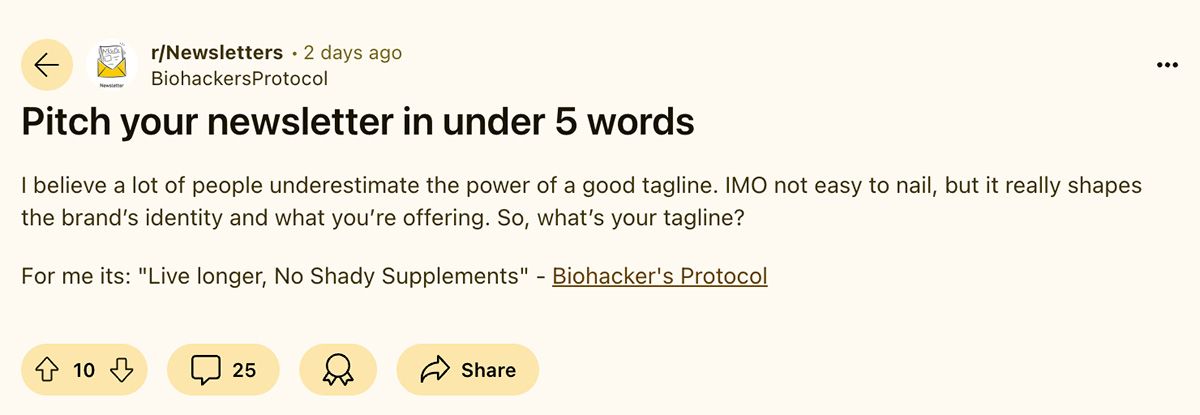
For example, consider the nascent "Wookiee Weekly" newsletter hosted on beehiiv. The "newsletter" website featured nine posts written in an informal or conversational style, each of which was available to any site visitor, sort of like going to a public, Star-Wars-themed beach.
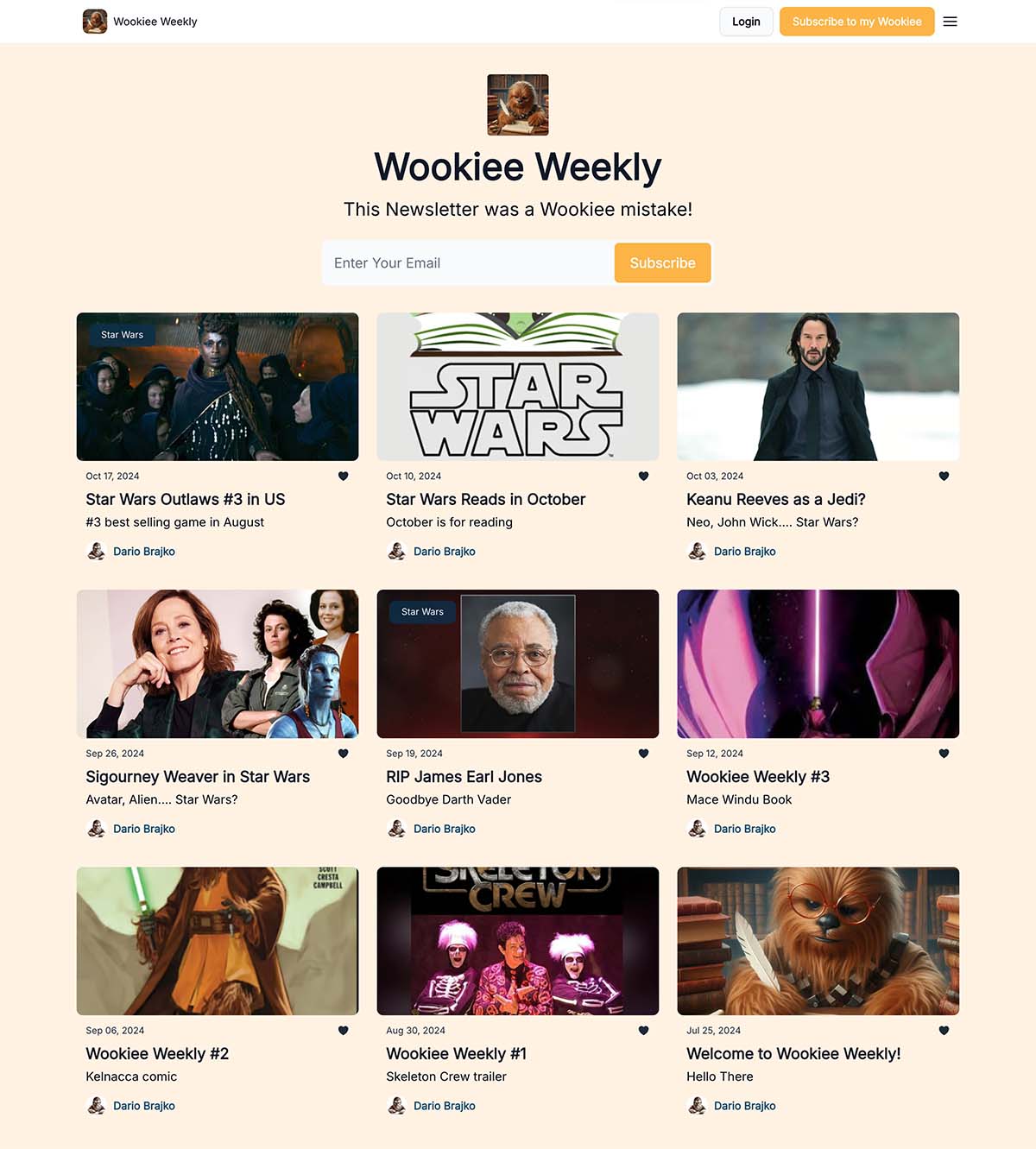
At a basic level, "Wookiee Weekly" is like a very lightweight version of the "Star Wars News Net" blog.
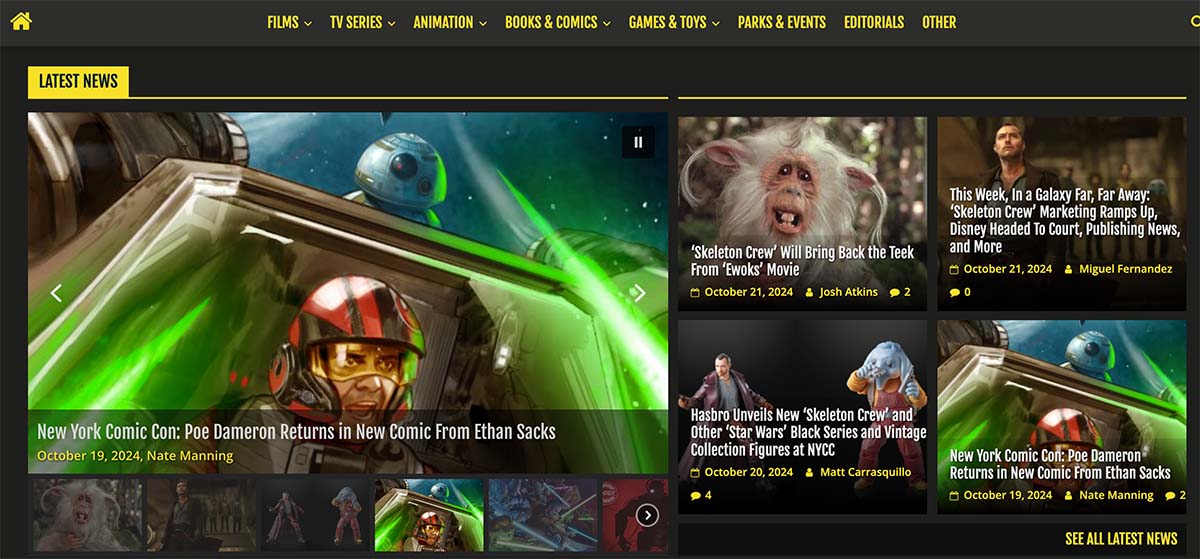
Then there was the "Marketer Gems" newsletter also hosted on beehiiv. It, too, had a grid of articles (15 on the home page) that functioned exactly like a blog with an email distribution system attached.
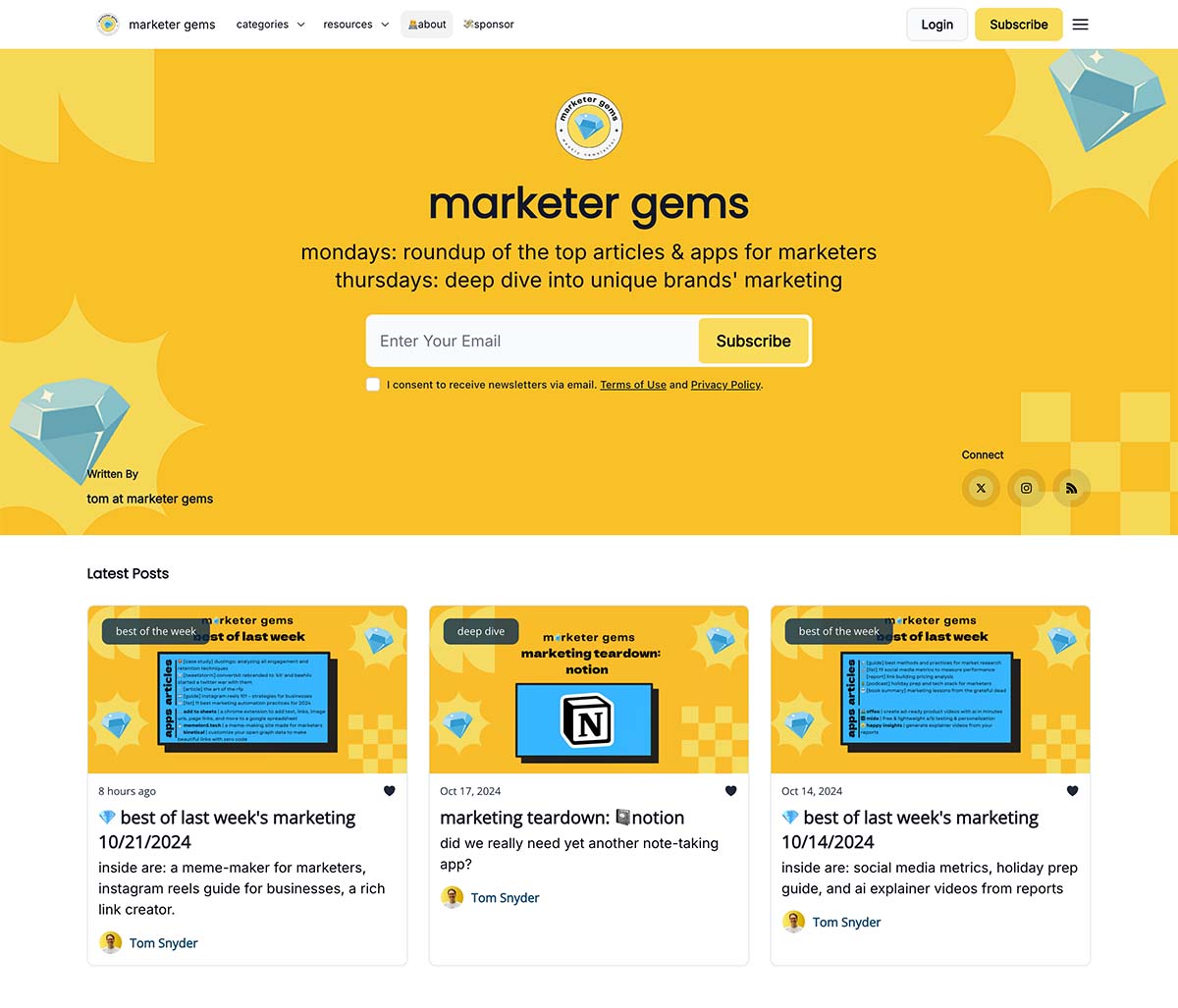
The "Learning to Grow" newsletter on Substack also looked and acted like a blog with a newsletter. In fact, nearly every "newsletter" link in the "Pitch your newsletter..." Reddit post lead to a blog with a grid layout. Many were hosted on beehiiv. Several resided on Substack. Ghost was represented, and so was WordPress.
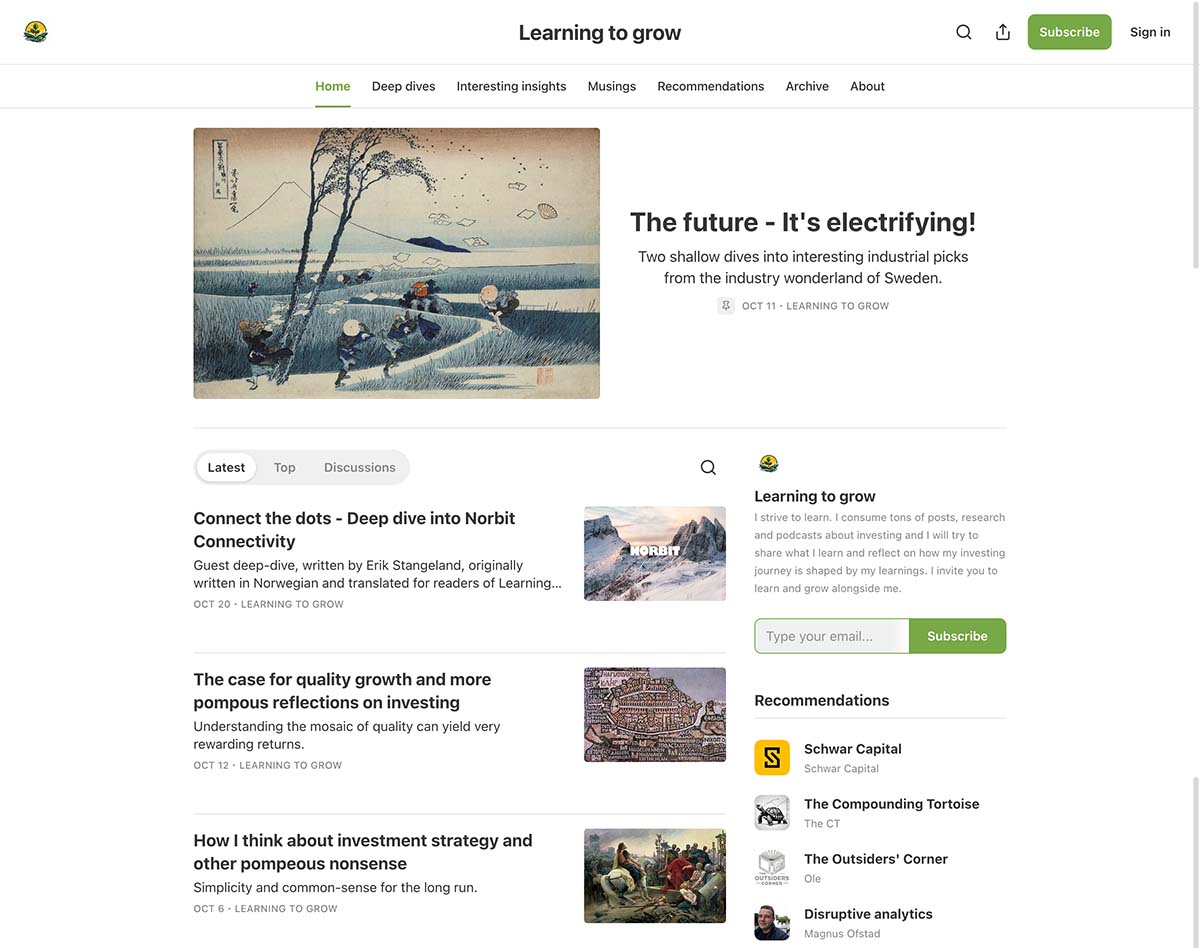
There are examples of the opposite. The "Pinch of Yum" blog —yes, Lindsey describes it as a blog— which has a newsletter with several hundred thousand subscribers. Arguably, this food blog has more email subscribers than any of the "newsletter" examples above.
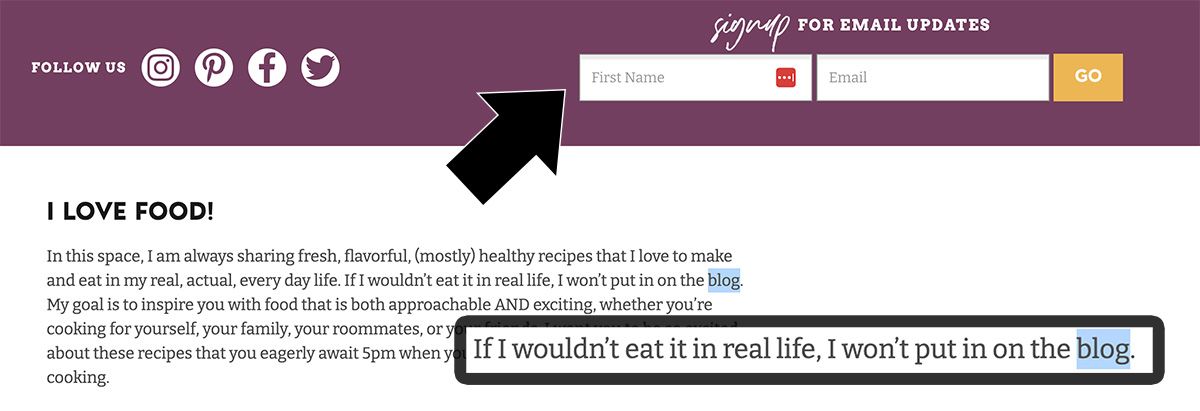
Newsletters Are Blogs: Platforms
Hey, you are not supposed to judge a book by its cover, right? So what if every newsletter website in the known world looks like a grid-based blog from 2010? The platforms are different.
Are they different? Here is a challenge. Open your favorite blogging platform and visit the editor. Then go to a newsletter platform and check out that editor. You will find that the composition, editing, and publishing (sending an email) process is the same.
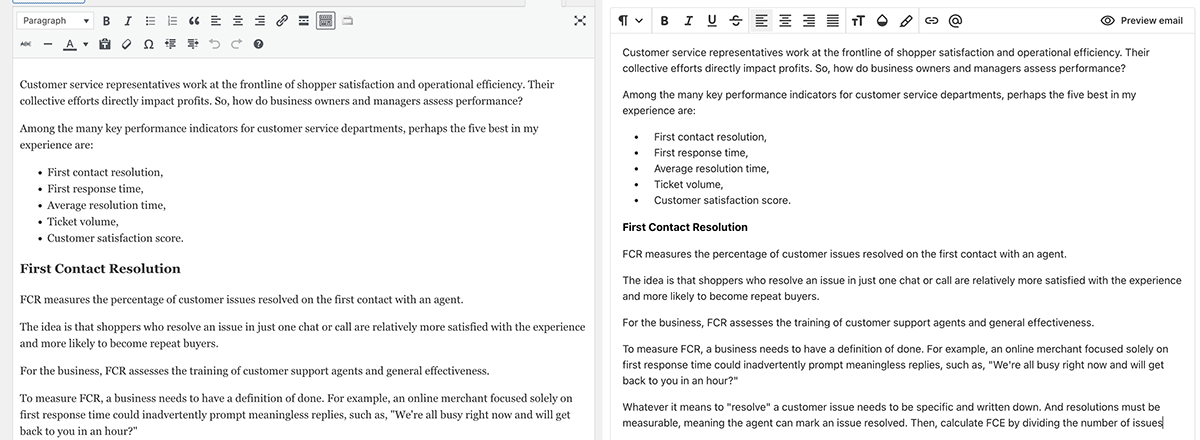
Need more proof? Remember when beehiiv bought website builder Typedream and said, "The future of beehiiv includes powerful newsletters and powerful websites, together."
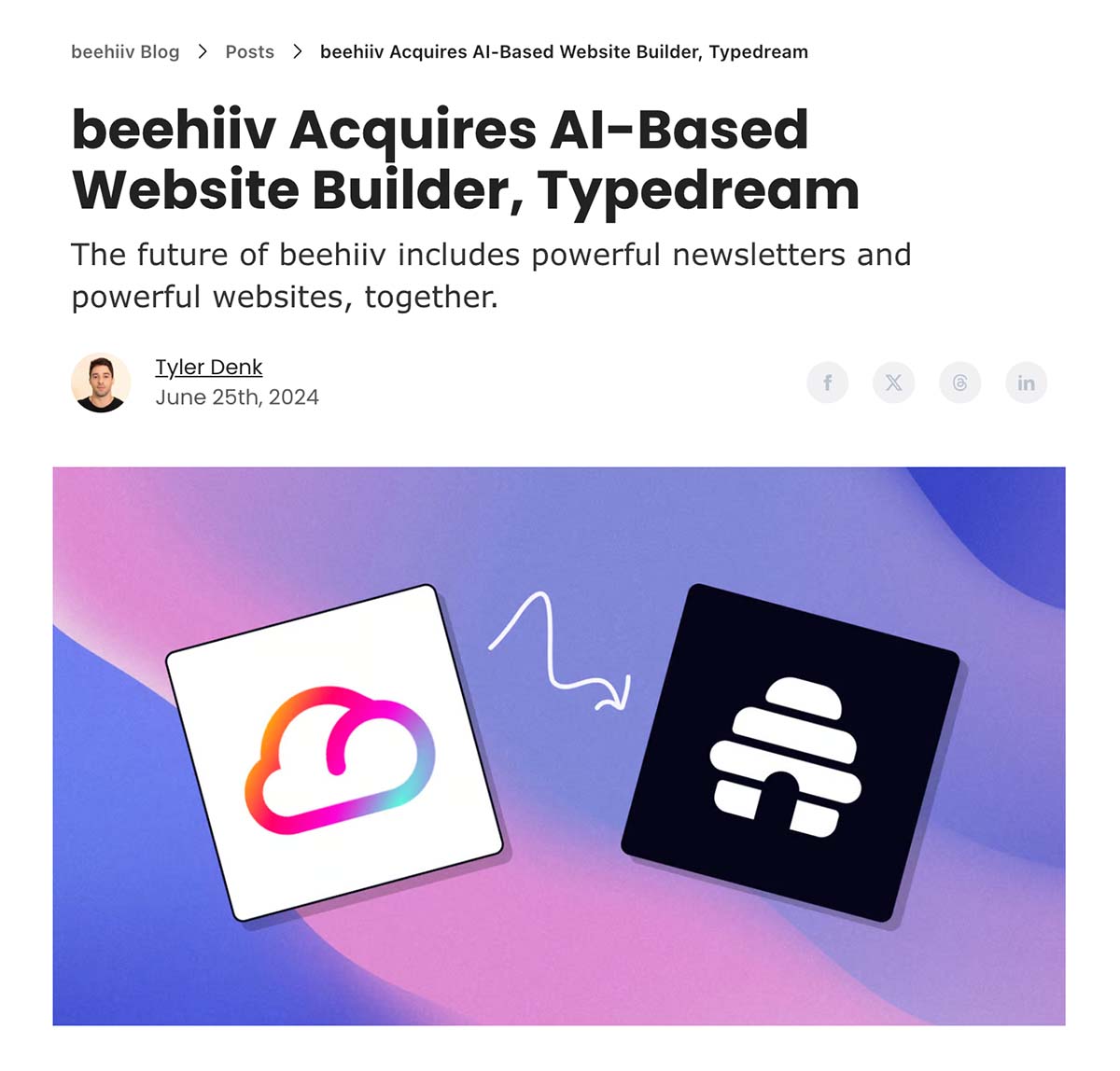
In fact, nearly every email newsletter platform offers some form of website builder or, at the very least, a web page builder. While one could get particular about feature sets, design flexibility, or something similar at their core, the similarities continue.
Are Email Newsletters Blogs?
Here is my argument. In 2024 —and for the foreseeable future— email newsletters function like blogging platforms with integrated content distribution or, if you prefer, audience reach.
Thus, writing an email newsletter or composing a blog is essentially the same. Publishing each to the web in hopes of SEO-fuelled growth is the same. The difference is the audience and how content is distributed.
Newsletter platforms have an inherent way of capturing an audience (email subscriptions) and notifying that audience about new content (email messages). That is the secret sauce.
If Newsletters Are Blogs...
What changes if a creator —if you— starts to think about newsletters and blogs in a similar way, even viewing the newsletter as an extension of a website?
There could be three things that change.
- You have more and different platform choices. Once you realize how similar email newsletters and blogs are, you may have more platform options.
- Monetization changes. Newsletter operators are drawn to "CPM" sponsorship deals, which can be great, but consider that blogs often earn $40 per thousand impressions from programmatic advertising that requires almost zero effort.
- Growth changes. How you grow your email list can change, too. Small newsletter creators often use "newsletter" growth strategies like free or paid recommendations, but blog growth can come from many, many more sources.